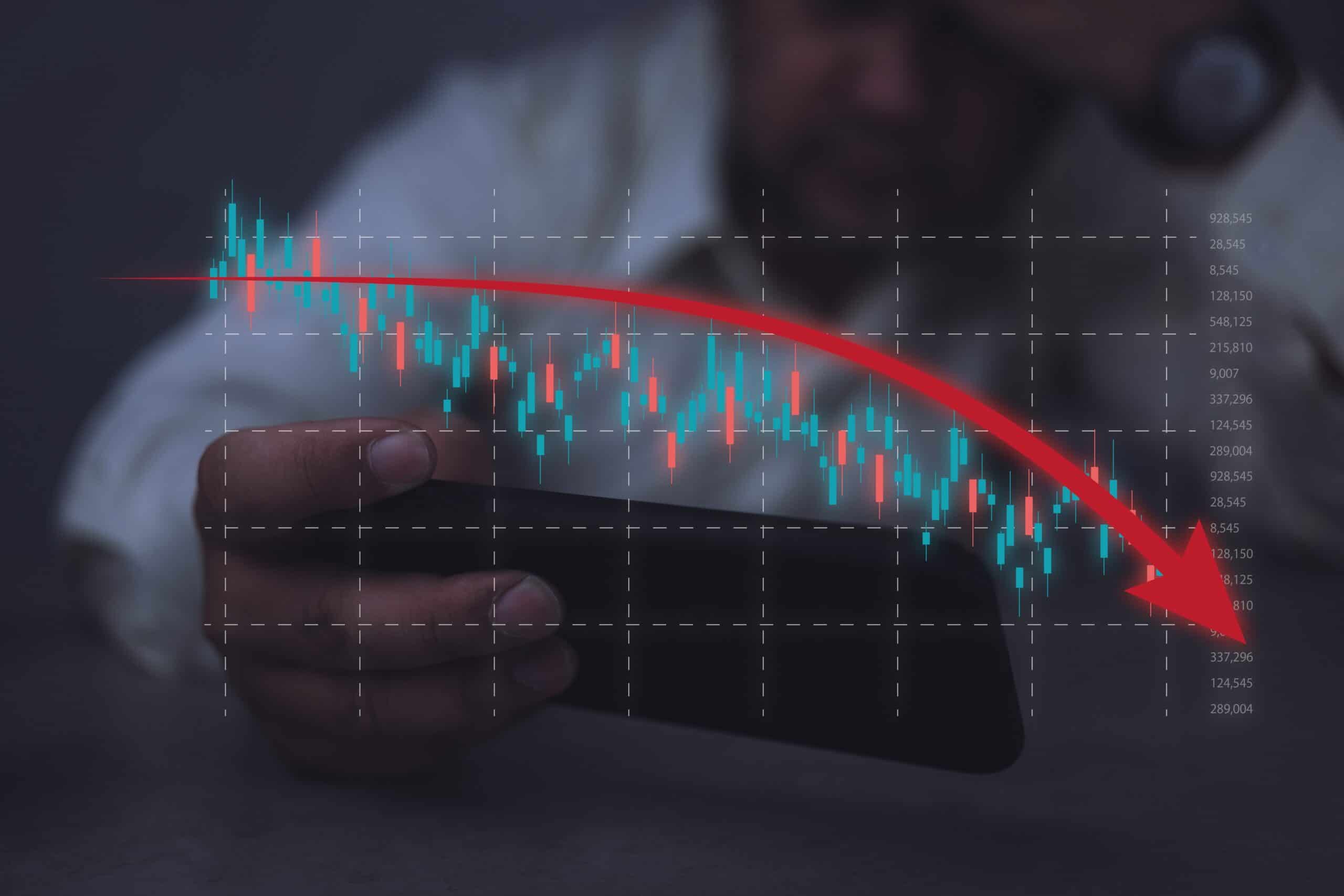Investing
This Best-of-Class Pharma Stock Could Soar 72% This Year According to Wall Street Insider

Published:

Eli Lilly (NYSE: LLY) doesn’t really need much of an introduction. It has become a household name due to its obesity and diabetes treatments. LLY stock has delivered exponential returns from 2018 to mid-2024 of around 1,000% in that period. Many analysts thought it would surpass $1 trillion in valuation last year but that didn’t happen as the stock has taken a turn for the worse in the past six months.
Eli Lilly is now down 24.4% from its peak because the company revised its Q4 revenue forecast to $13.5 billion compared to the $13.9 billion estimate by analysts. Moreover, full-year 2024 revenue was adjusted down to $45 billion from an earlier projection of $45.4-$46 billion due to slower-than-expected growth in weight loss drugs. However, some analysts think it can make a solid recovery from here. Citigroup’s Geoff Meacham maintains a Buy rating on the stock with a price target of $1,250. This implies roughly 72% from here.

Eli Lilly’s financials are still good, but the momentum? Not so much. Weight loss drug sales are no longer performing as well and it could become even more complicated for Eli Lilly. There’s Novo Nordisk (NYSE: NVO) to worry about. Though you could argue that potential tariffs — maybe as some sort of retribution against Denmark for not selling Greenland — could bring more positives to the stock. That said, if overall demand for weight loss drugs decreases, even a lack of competition won’t lead to a boom for Eli Lilly.
Thankfully for Eli Lilly, this doesn’t seem to be the case for now. Sales are still growing and Morgan Stanley expects a 15-fold increase in the weight-loss drugs market by 2030. They expect up to 9% of the U.S. population to take such drugs by 2035.
Moreover, Eli Lilly expects its 2025 revenue to come between $58 billion and $61 billion. At midpoint, this translates to around a 32% increase compared to 2024 ($45 billion expected). The long-term outlook remains solid, so I think buying the dip can be a good idea.

Let’s take a closer look at why Eli Lilly cut its 2024 revenue guidance in the first place. The short answer is that weight loss drugs — once the company’s biggest splash — have been running into roadblocks.
The revisions weren’t very drastic, at least in my opinion, but it was enough to shake investor confidence and send shares lower. Still, I don’t think this spells doom and gloom for the company. With so many analysts projecting ambitious price targets, there’s clearly a belief that temporary disruptions in sales can be overcome if demand normalizes and manufacturing capacity catches up. Eli Lilly itself has said that production for its obesity and diabetes treatments will ramp up in the first half of 2025. I believe this could be a catalyst for a rebound in revenue.

I’ve mentioned Novo Nordisk already, and for good reason. When we talk about obesity and diabetes medications, Novo Nordisk is the other big juggernaut in the ring. It has been aggressively pushing drugs like Wegovy and Ozempic. It’s a good idea to keep an eye on Novo Nordisk if you’re going to be investing in Eli Lilly.
The decline there has been even more pronounced. NVO stock declined 46.4% from its 52-week peak, so buying LLY seems like the best way to play the weight loss drug market so far. Moreover, Eli Lilly’s oral GLP-1 agonist is gathering buzz ahead of its Phase 3 data in Q2 2025. About 25% of adults are afraid of needles in some way, plus I think oral drugs are generally going to be preferred over injections regardless of whether or not you are fearful of injections. Novo Nordisk has its own Oral GLP-1 candidate, but much like with the injections, Eli Lilly has better clinical trial results.
They’re clearly competing here, but I don’t think that makes Eli Lilly a bad investment. Companies in a duopoly environment — like Visa (NYSE: V) and Mastercard (NYSE: MA), for example — can still grow fast and be very profitable. The weight loss market has enough room for both of them.
The highest price target here isn’t that out of the ordinary, considering the average price target sits at $1,024. This implies roughly 41.1% upside potential over the next year.
I think Wall Street analysts are betting on the company getting its problems sorted and returning back on trajectory this year. Once that happens, I think it’ll be a much more attractive stock, especially since you’re paying 32 times the projected earnings this year.
Start by taking a quick retirement quiz from SmartAsset that will match you with up to 3 financial advisors that serve your area and beyond in 5 minutes, or less.
Each advisor has been vetted by SmartAsset and is held to a fiduciary standard to act in your best interests.
Here’s how it works:
1. Answer SmartAsset advisor match quiz
2. Review your pre-screened matches at your leisure. Check out the advisors’ profiles.
3. Speak with advisors at no cost to you. Have an introductory call on the phone or introduction in person and choose whom to work with in the future
Thank you for reading! Have some feedback for us?
Contact the 24/7 Wall St. editorial team.